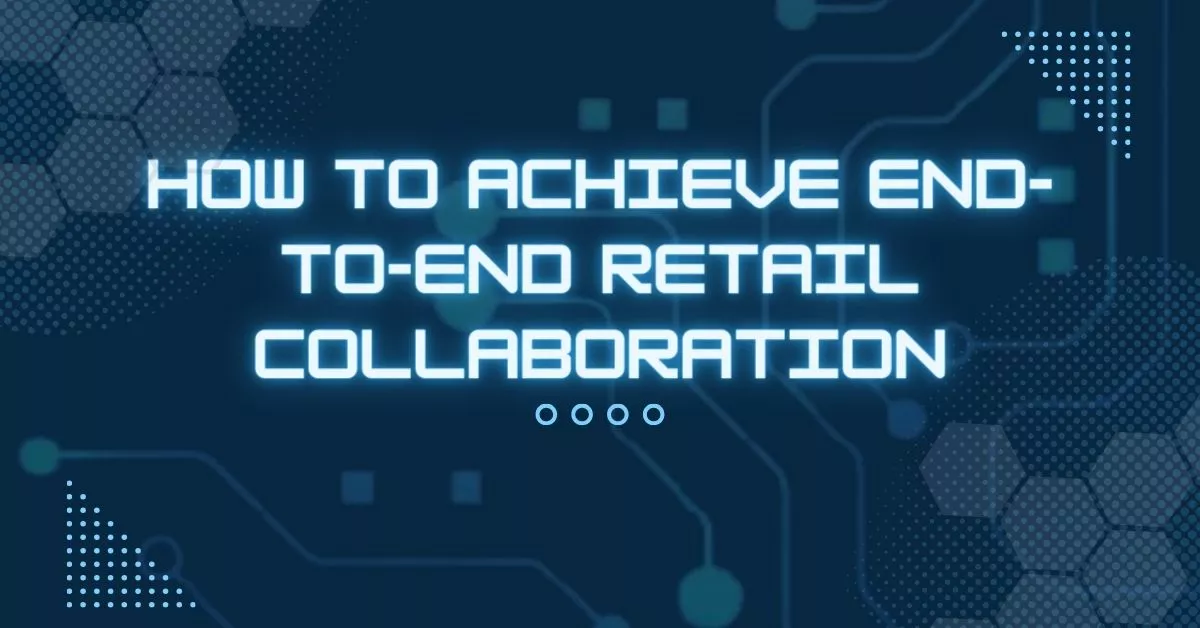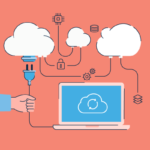Achieving end-to-end retail collaboration involves a multifaceted approach that integrates various aspects of the retail ecosystem to streamline operations, enhance efficiency, and deliver a seamless experience to consumers. Here’s a breakdown of key strategies to achieve this goal:

Embrace Technology Integration
Integration of technologies across the retail chain is pivotal. Implementing an integrated system that connects inventory management, point-of-sale (POS) systems, customer relationship management (CRM), and e-commerce platforms streamlines operations and facilitates real-time data sharing among different departments.
Data-Driven Insights
Leverage data analytics to gain actionable insights. Analyzing customer behavior, sales trends, and inventory patterns helps in making informed decisions. Retailers can forecast demand, optimize inventory levels, and personalize marketing strategies, thereby enhancing the overall customer experience.
Collaborative Supply Chain Management
Collaborate closely with suppliers, manufacturers, distributors, and logistics partners. Adopting a collaborative approach in supply chain management ensures smooth inventory flow, reduces lead times, minimizes stockouts, and improves overall operational efficiency.
Seamless Omni-Channel Experience
Offer consumers a seamless experience across various channels – online, mobile, in-store, and social media. Implementing an omnichannel strategy allows customers to interact with the brand effortlessly and consistently across different touchpoints, promoting higher customer satisfaction and loyalty.
Enhanced Communication and Transparency
Communication is key. Facilitate open communication channels between different departments, suppliers, and partners. Ensure transparency in sharing information and goals to align everyone involved in the retail chain towards common objectives.
Agile Inventory Management
Implement agile inventory management practices to respond quickly to market demands and changing customer preferences. Utilize technologies like RFID, IoT sensors, and AI-driven predictive analytics to optimize inventory levels, minimize overstocking, and reduce operational costs.
Training and Skill Development
Invest in continuous training and development programs for employees. Equip them with the skills and knowledge necessary to adapt to new technologies, understand consumer behaviors, and provide excellent customer service.
Customer-Centric Approach
Keep the customer at the center of all strategies. Understand their needs, preferences, and pain points. Engage with customers through personalized experiences, loyalty programs, and responsive customer service to build lasting relationships.
Compliance and Sustainability
Adhere to compliance regulations and ethical standards. Embrace sustainability practices, reducing environmental impact, and embracing eco-friendly initiatives, which resonate well with modern consumers.

Conclusion
Lastly, strive for continuous improvement. Regularly evaluate processes, gather feedback, and adapt strategies to stay relevant and competitive in an ever-evolving retail landscape.
Achieving end-to-end retail collaboration requires a holistic approach, combining technology, people, processes, and a customer-centric mindset. By fostering collaboration among stakeholders and leveraging technology effectively, retailers can optimize operations and deliver exceptional experiences to their customers.










